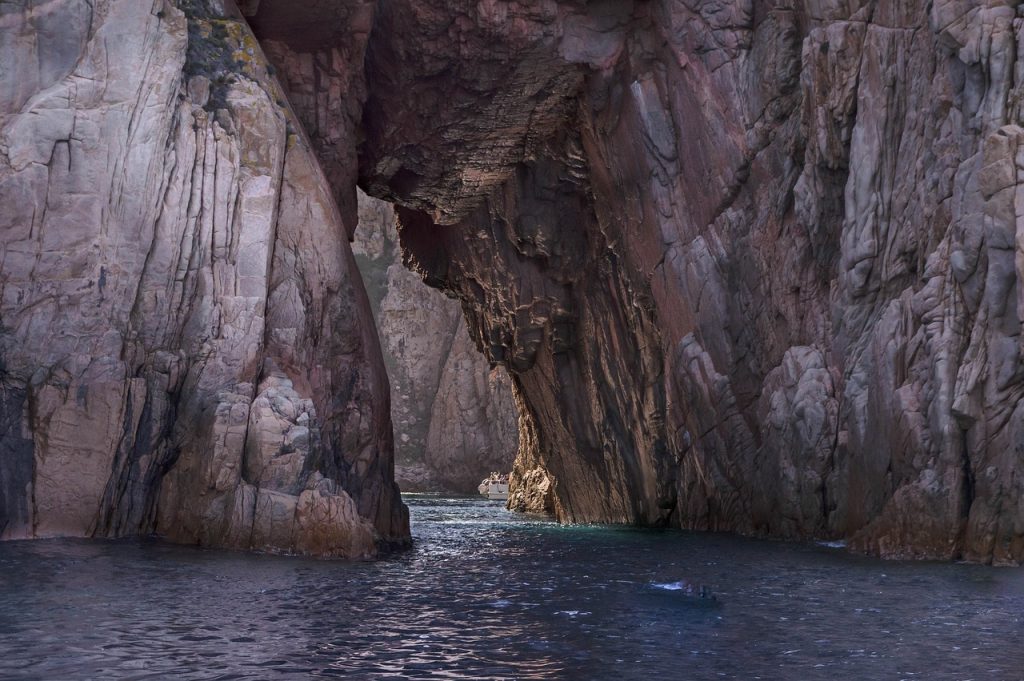Nestled on the eastern coast of Spain, Denia is a picturesque city that boasts a rich history, stunning landscapes, and a vibrant culture. While its historic castle, sun-kissed beaches, and delicious cuisine capture the hearts of many, Denia's natural caves are hidden treasures that offer a unique glimpse into the natural wonders and geological marvels of the region. This article embarks on an exploratory journey into Denia's captivating caves, unraveling their mysteries, beauty, and the adventures they hold within.
The Allure of the Underground
Denia's caves are natural formations carved out over millions of years, shaped by the forces of water and geological activity. These underground chambers and tunnels present a world apart, where time seems to stand still, and nature's artistry is on full display. The allure of exploring these caves lies not just in their beauty but in the thrill of venturing into the unknown, where each step reveals new wonders.
Cova Tallada: The Jewel of the Marine Reserve
Perhaps the most famous of Denia's caves is Cova Tallada, located at the foot of the Montgó Massif, right on the coastline. Part of the Montgó Natural Park and the Marine Reserve of Cabo de San Antonio, this cave is not only a geological wonder but also a historical site. The name 'Cova Tallada' translates to 'carved cave', a reference to the large, smooth stones that were quarried from here in the Middle Ages to build important structures, including Denia's castle.
Access to Cova Tallada is an adventure in itself, requiring a hike or a kayak trip, depending on the route chosen. Once inside, visitors are greeted by a large opening that allows sunlight to illuminate the interior, creating a magical atmosphere that highlights the cave's rugged textures and the clear, turquoise waters at its base. Swimming in these waters, with light filtering through the cave's entrance, is an ethereal experience, connecting visitors to the natural beauty and history of this remarkable site.
Cueva de las Calaveras: A Window to the Past
Another fascinating cave in the vicinity of Denia is the Cueva de las Calaveras, or 'Cave of Skulls'. Despite its ominous name, which stems from legends and the discovery of human remains dating back to the Neolithic period, this cave is a significant archaeological site that offers insights into the region's prehistoric past.
The Cueva de las Calaveras stretches over 400 meters in length, with various chambers and galleries adorned with stalactites and stalagmites that have formed over millennia. Guided tours of the cave allow visitors to marvel at these natural sculptures, learn about the cave's geological and historical significance, and imagine the lives of the people who once sought refuge within its depths
The Adventure of Speleology
For those drawn to the thrill of exploration, Denia's caves offer the perfect setting for speleology, the scientific study and exploration of caves. Speleology enthusiasts find in Denia's caves a playground for adventure, where they can delve into the underground, navigate through narrow passages, and discover hidden chambers untouched by time.
Equipped with helmets, headlamps, and ropes, speleologists in Denia undertake a journey of discovery, where every cave offers new challenges and rewards. From navigating through tight spaces to rappelling down vertical drops, the experience of exploring these natural labyrinths is both exhilarating and humbling, offering a unique perspective on the power and beauty of nature.
Preserving Nature's Masterpieces
As the popularity of Denia's caves grows, so does the importance of preserving these natural wonders for future generations. Efforts are being made to protect the caves from the impact of tourism and human activity, ensuring that their beauty and ecological significance remain intact. Visitors are encouraged to follow guidelines, such as not touching the formations, staying on designated paths, and minimizing their environmental footprint, to help safeguard these underground treasures.
Conclusion
Denia's natural caves are more than just geological formations; they are gateways to other worlds, where history, adventure, and natural beauty converge. From the historical and picturesque Cova Tallada to the archaeological marvel of the Cueva de las Calaveras, these caves invite exploration and offer experiences that resonate with the essence of adventure and discovery.
As we venture into these underground realms, we are reminded of the Earth's dynamic history and the fragile beauty that lies beneath our feet. Denia's caves are a testament to the wonders of the natural world, offering a journey into the heart of the earth that captivates the imagination and inspires a deeper appreciation for our planet's incredible landscapes. Whether you are an avid speleologist, a history enthusiast, or simply in search of adventure, Denia's natural caves are a destination that promises to enchant and amaze
Frequently Asked Questions (FAQs)
What is Cova Tallada and why is it significant?
Cova Tallada is a stunning natural cave located in Denia, famous for its historical use as a quarry in the Middle Ages. It offers visitors a unique blend of natural beauty, history, and adventure through hiking or kayaking
Can you swim in Cova Tallada?
Yes, swimming is allowed in Cova Tallada. The cave's clear, turquoise waters, illuminated by natural light, provide a magical swimming experience
What is the Cueva de las Calaveras and what can you find inside?
The Cueva de las Calaveras, or Cave of Skulls, is a cave near Denia known for its archaeological significance and stunning natural formations. Inside, visitors can see stalactites, stalagmites, and learn about the cave's prehistoric past
Is speleology possible in Denia's caves?
Yes, Denia's caves offer great opportunities for speleology, allowing enthusiasts to explore underground passages, discover hidden chambers, and study the caves' geological formations
How are Denia's caves being protected from the impact of tourism?
Efforts to protect Denia's caves include regulating access, promoting responsible tourism practices like not touching the formations, staying on designated paths, and minimizing environmental impact to preserve these natural wonders
